Your dog doesn’t see the world the way you do. And if you’re still following that age-old advice to “rub their nose in it,” you might be doing real damage. For every wagging tail, there’s a myth humans swear by—and some are just plain wrong. No, garlic doesn’t keep fleas away. Yes, your dog can get sunburned. And that “cold nose” theory? Total nonsense. These aren’t just harmless mix-ups. They can mess with your pup’s health, behavior, and trust in you. Myths passed from neighbor to neighbor or reposted on social media could be the reason your dog is suffering in silence. It’s time to stop guessing and start learning what your dog actually needs. Because loving them isn’t enough—you’ve got to know better to do better. Let’s bust 13 of the most stubborn dog myths out there. Your best friend deserves nothing less.
Myth 1: Dogs Eat Grass When They’re Sick

Many believe grass-eating in dogs signals illness, but that’s not always true. Dogs may simply enjoy the texture or taste. This behavior is common and not necessarily a sign of distress.
Studies suggest that only a small percentage of dogs vomit after eating grass. Instead of assuming illness, consider it a natural canine habit.
However, if grass consumption is excessive and accompanied by vomiting, it’s wise to consult a vet. Offering a balanced diet can help minimize this behavior.
Myth 2: A Warm, Dry Nose Means a Sick Dog

The myth that a warm, dry nose indicates sickness persists. However, a dog’s nose temperature and moisture fluctuate naturally. Various factors, like sleep or environment, can cause changes.
A warm nose isn’t a definitive sign of illness. Instead, watch for other symptoms like lethargy or appetite loss.
If concerned, observe your dog’s overall behavior rather than focusing solely on the nose. Consulting a vet for persistent signs is always prudent.
Myth 3: Dogs Shouldn’t Eat Human Food

While some human foods are harmful to dogs, many can be safe in moderation. Items like carrots, apples, and plain cooked chicken can be healthy treats.
It’s essential to avoid toxic foods like chocolate and grapes. Educating yourself on safe options enables sharing meals without health risks.
Moderation is key, and any dietary changes should be gradual. Consulting a vet for specific dietary advice is beneficial for your pet’s needs.
Myth 4: All Dogs Love to Swim

Not every dog is a natural swimmer. While some breeds thrive in water, others may feel anxious or fearful. Understanding your dog’s comfort level is crucial.
Forcing a dog to swim can lead to stress and potential injury. Instead, introduce water gently and offer positive reinforcement.
Respecting individual preferences ensures safety and enjoyment. Always supervise swimming sessions and invest in a dog life jacket if needed.
Myth 5: Dogs Wag Their Tails Only When Happy
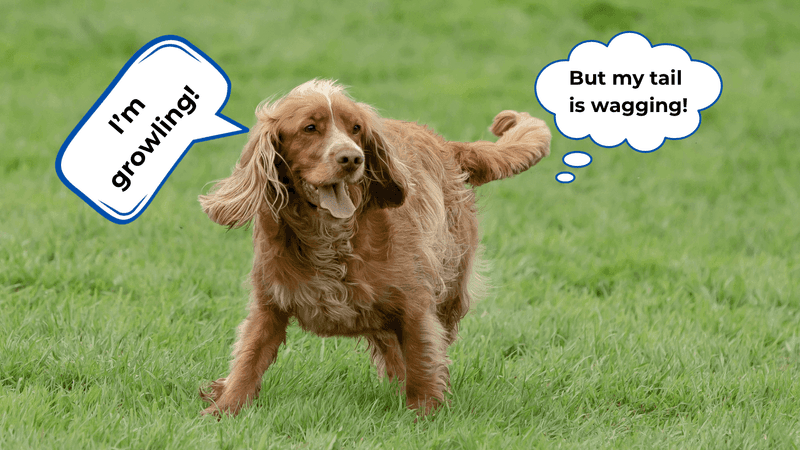
Tail wagging is a complex form of canine communication, not limited to happiness. Dogs convey a range of emotions, from excitement to anxiety, through their tails.
Observing body language, such as ear position and posture, provides context. Misinterpreting tail wagging can lead to misunderstandings.
Learning to read these signals enhances interaction and builds stronger bonds. Pay attention to the entire dog, not just the tail.
Myth 6: You Can’t Teach an Old Dog New Tricks
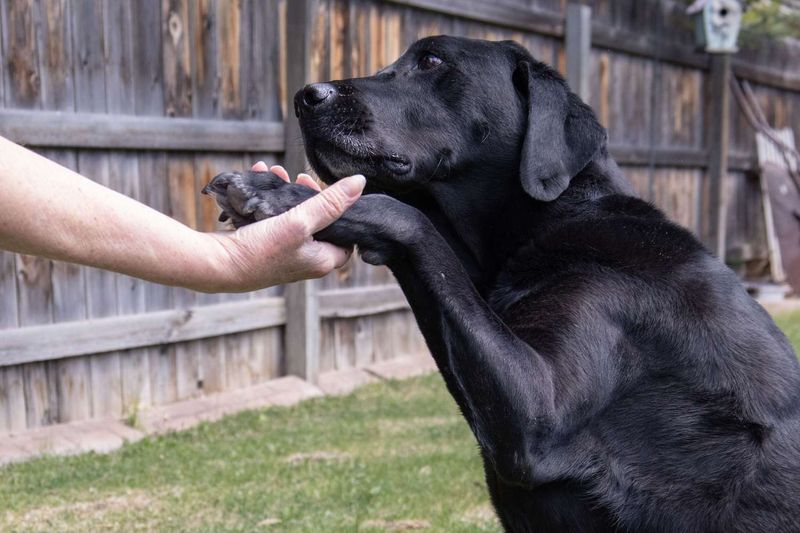
Old dogs can indeed learn new tricks, contrary to popular belief. Age doesn’t hinder a dog’s ability to grasp new commands or behaviors.
Patience and positive reinforcement are key. Senior dogs often enjoy mental stimulation and bonding time with their owners.
Training sessions should be short and enjoyable, accommodating the dog’s pace. Celebrating small victories is rewarding for both pet and owner.
Myth 7: Dogs Heal Their Wounds by Licking Them
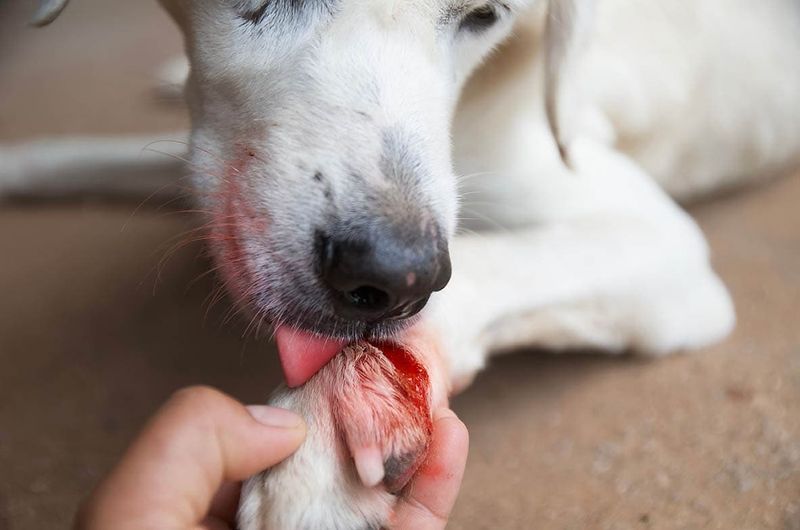
Dogs instinctively lick wounds, but it’s not always beneficial. While saliva contains enzymes that can aid healing, excessive licking may cause irritation or infection.
Monitoring the wound and discouraging persistent licking is important. Using a cone or bandage can help protect the area.
Consulting a vet ensures proper wound care and prevents complications. It’s a balance between instinct and medical guidance.
Myth 8: Dogs Can’t See Colors
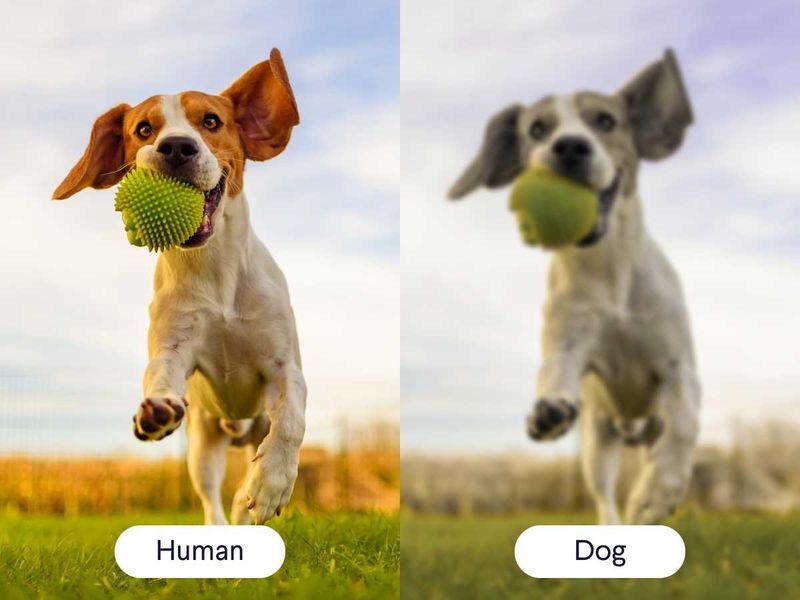
Dogs see colors, albeit differently from humans. They perceive a limited spectrum, primarily blues and yellows. The myth of color blindness stems from this restricted range.
Understanding their vision fosters appropriate toy and accessory choices. Observing your dog’s reactions to different colors can be insightful.
Engaging with their unique perception enriches playtime and interaction. It’s about embracing their world view.
Myth 9: Dogs Will Self-Regulate Their Food Intake

Many assume dogs will naturally regulate their eating habits, but this isn’t always true. Some dogs may overeat, leading to obesity and health issues.
Establishing regular meal times and portion control is crucial. Monitoring weight and adjusting food intake ensures optimal health.
Consulting a vet for dietary guidance can prevent overeating. It’s about nurturing healthy habits rather than assuming self-control.
Myth 10: Dogs Only Bark for Attention

Barking is a multifaceted form of communication, not solely for attention-seeking. Dogs bark to express emotions, alert to danger, or respond to stimuli.
Understanding the context helps address the cause rather than dismissing it. Training and socialization reduce excessive barking.
Listening to your dog’s vocalizations strengthens understanding and companionship. It’s about tuning into their needs.
Myth 11: All Dogs Are Natural Guard Dogs
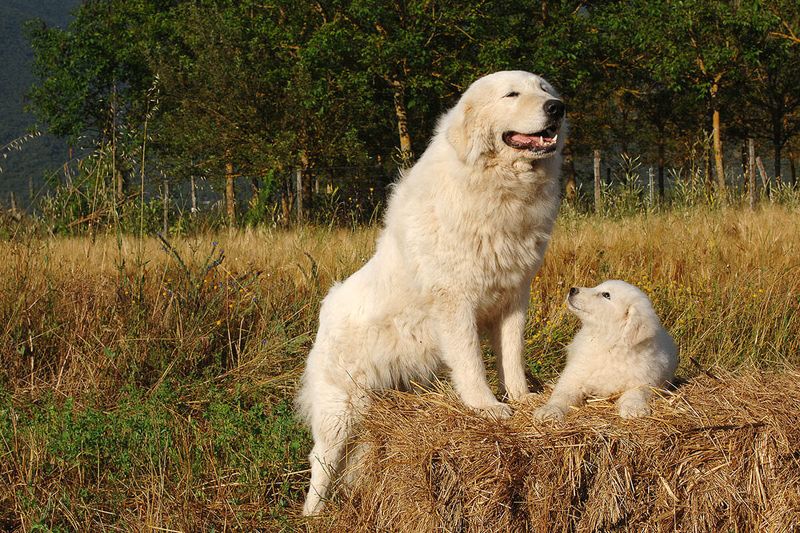
Not all dogs possess guarding instincts. Many breeds are more inclined toward companionship than protection.
Assuming every dog will guard your home can lead to unmet expectations. Researching breed traits helps in choosing a dog that aligns with your needs.
Training and socialization shape behavior, regardless of instinct. It’s about appreciating individual temperaments.
Myth 12: Dogs Age Seven Years for Every Human Year

The seven-year rule for aging dogs is overly simplistic. Dogs age at varying rates depending on breed and size. Larger breeds typically mature faster than smaller ones.
Understanding this helps in providing age-appropriate care and monitoring. Regular vet check-ups and tailored nutrition support healthy aging.
Embracing each stage of life enriches the human-animal bond. It’s about savoring every moment together.
Myth 13: Dogs Don’t Feel Pain as Humans Do

Dogs experience pain, though they may not always show it overtly. Observing subtle cues like limping or reluctance to move is essential.
Assuming they feel less pain can delay necessary treatment. Consulting a vet for pain management ensures comfort and recovery.
Recognizing and addressing discomfort fosters a compassionate relationship. It’s about tuning into what they can’t voice.

